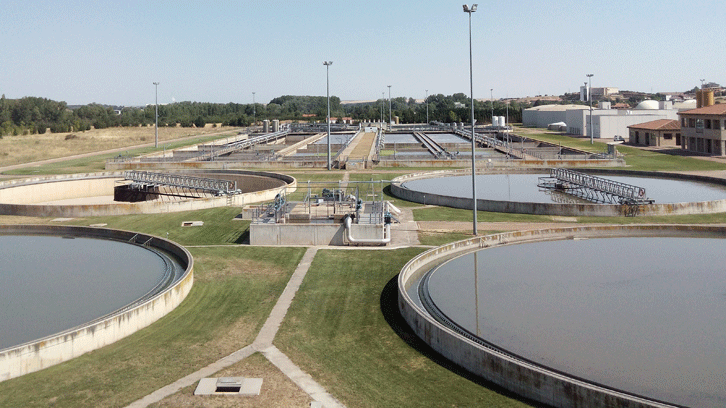Control and decision strategies in wastewater treatment plants for operation improvement

This book examines the operation of wastewater treatment plants (WWTPs) with a focus on improving water quality in the effluent and reducing operating costs, keeping pollution below established limits. It includes control operations and decision schemes based on the use of simulation models.
Readers can replicate the results, while being able to implement their own solutions. Two models of WWTP simulation are used to evaluate the different control strategies, which are based on real plants and are usually used in international research. These are called "Benchmark Simulation Model No. 1" (BSM1) and “Benchmark Simulation Model No. 2” (BSM2).
Given the complexity of the biological and biochemical processes involved, also adding large fluctuations in the flow of the influent, the control of WWTP poses a serious challenge. In addition, the rules that regulate the criteria in the effluent are of particular interest.
The authorities measure the compliance with these criteria based on the legal constraints imposed. In order to cope with the complex processes of the WWTPs and comply with established regulations, the importance of designing control structures is widely recognized.
This book explores these issues in detail and shows beneficial results by applying control engineering in the wastewater treatment, in terms both of water quality and of cost reduction. Due to that this application requires a high knowledge of the operation of the WWTP, the book also offers an explanation of the biochemical processes that take place inside the plant.
Since the applications carried out are based on simulations and the implementations are explained in detail, this book becomes an interactive tool where you can combine reading and testing. However, this is not the only objective of the book, it also pretends that, by showing the benefits obtained and through its diffusion, it is possible to establish an approach between research and applications in real treatment plants.
Universitat Autònoma de Barcelona
References
Controland and decision strategies in wastewater treatment plants for operation improvement, Ignacio Santín, Carles Pedret, Carles Viloanova, Springer - Intelligent Systems, Control and Automation.


